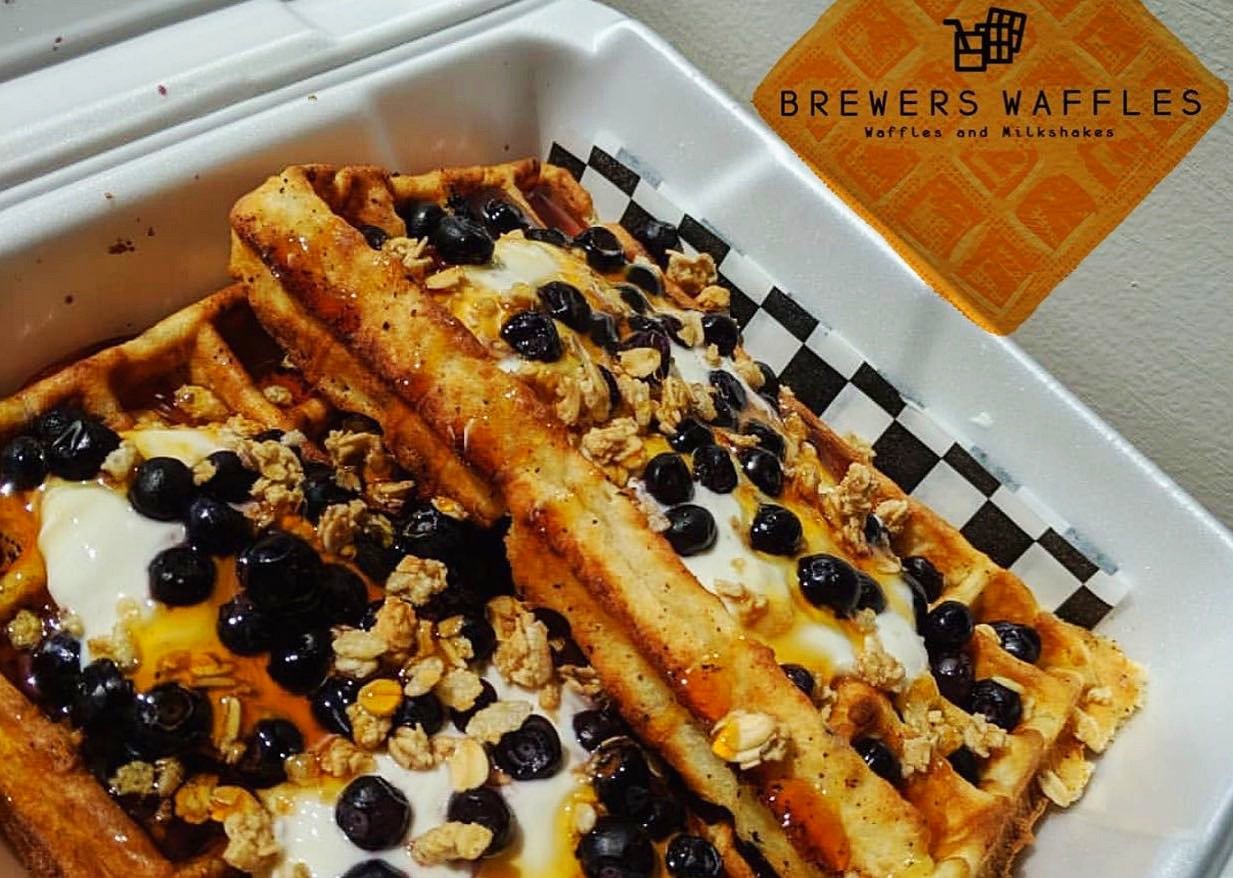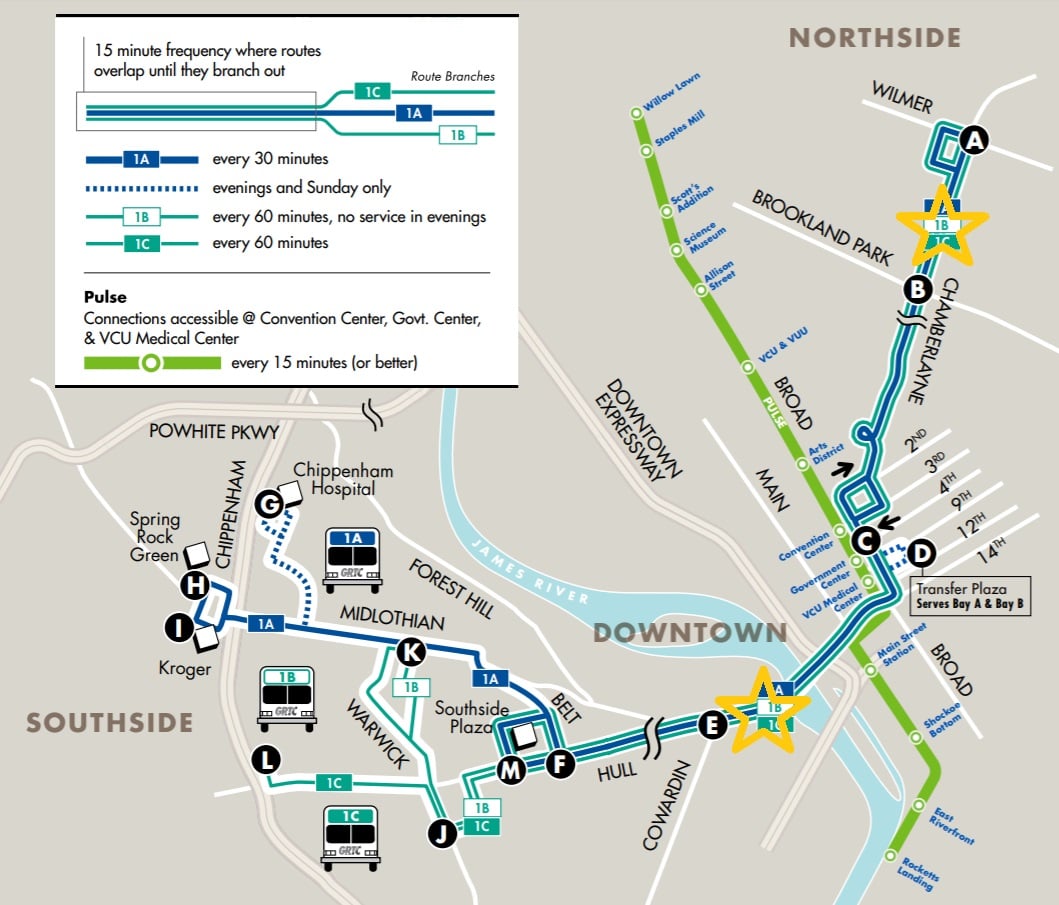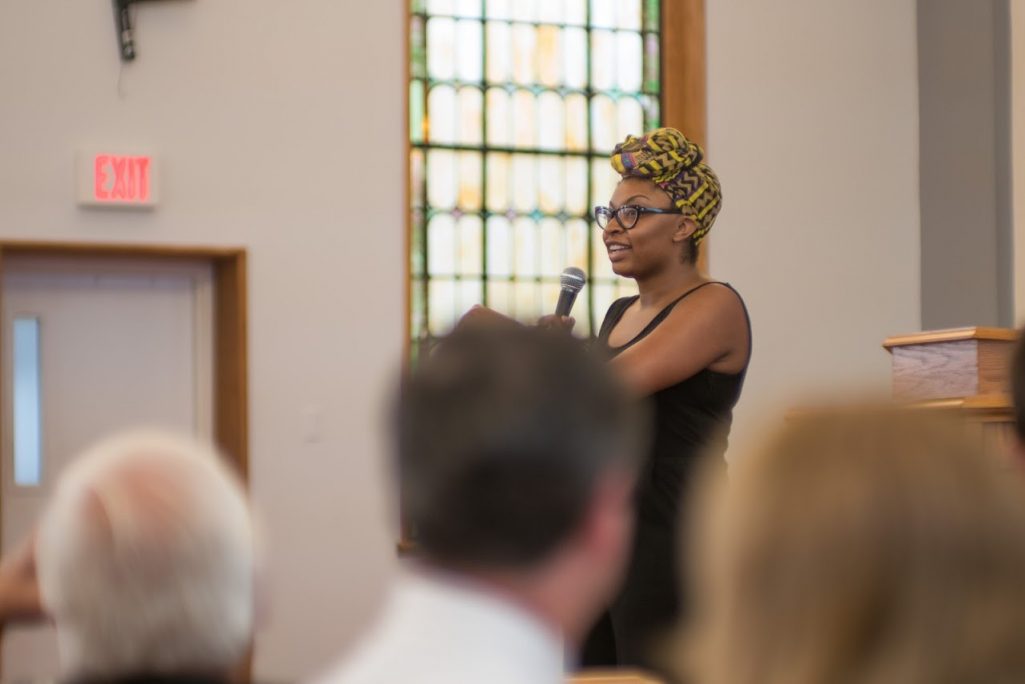Everyone in the city is aware that the First Friday of every month means the city opens up for a demonstration of arts and culture without any equal in the region. The go to obviously is the collection of galleries on Broad Street in the Arts District near Jackson and...





